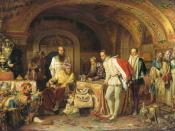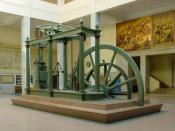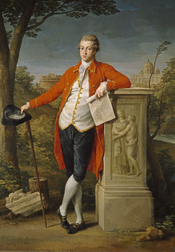Travel was dangerous, expensive and time-consuming activity that was rarely undertaken unless for business, adventure, to flee disease or war and a few other reasons, none of which leisure. Early travellers shouldn't be classified as Tourists.
Means of travel included foot, animal or by ship or boat. The simplest being foot, although horseback improved the pace walking did not hinder the distance one could travel. Camels, donkeys bullocks and elephants were also used whilst travelling, when using animals as transport it made the trip both expensive and allowed the traveller to carry more supplies for trade or suchlike. Early sea vessels varied from dug out tree trunks to the complex Roman galleys. According to early Western history, upper classes often travelled around the Mediterranean basin.
During the rule of Alexander the Great, 700,000 tourists visited what is now a part of Turkey. This was considerably helped by the well built and organised roads, whilst on the journey groups had the ability to change a team of horses, stay at rest houses, and refreshments were available along the trip.
During this time, the roads were crowded. Alexander the Great travelled to India and found the road systems and facilities well arranged.
It was during the same period that pleasure travel begun taking place in China and Japan. The Chinese emperor, Wu Di travelled plenty in the 2nd century. His adventures were well described in his writing.
During the reign of Elizabeth the 1st tourism reached a high. Coach travel had become popular because of its style. Young gentlemen who came from wealthy backgrounds undertook the Grand Tour in this era. They would travel to parts of Great Britain, France, and Italy, it was considered crucial for the education of the young men. The tour was used improperly on many occasions,


